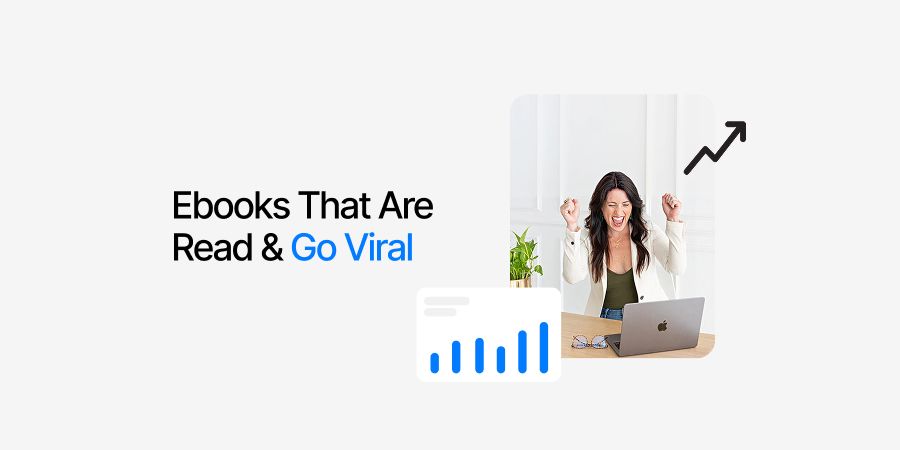
How to Write an Ebook, Step By Step Guide
So, have you ever downloaded an ebook and closed it after a few pages because it felt thin or rushed?
That happens often because most ebooks are written without clear purpose or structure. A strong ebook is different. It informs, persuades, and builds trust with readers.
Ebooks still matter for businesses, creators, and professionals. They generate leads, establish thought leadership, and create lasting brand value. Readers use them to solve problems, explore detailed guides, or learn from industry insights.
-
Ebooks give businesses authority. They present expertise in ways blog posts cannot.
-
Readers expect depth. They want solutions, data, and clarity, not filler text.
-
Ebooks influence decisions. They support marketing campaigns and drive conversions.
-
Ghostwriting is an option. Many founders or executives rely on writers for drafts, but still guide tone and direction.
Understanding the Purpose of an Ebook
An ebook is not just a longer blog. It is a structured, in-depth piece of content designed to serve a clear purpose. Businesses use ebooks as lead magnets, educators use them as guides, and professionals publish them to build authority in their fields.
Readers, on the other hand, look for more than just words. They want step-by-step instructions, original research, or perspectives that go beyond surface-level content. The success of an ebook comes down to how well it balances educational value with practical usability.
Ghostwriting often plays a role here.
Busy leaders or subject matter experts may not have time to draft every chapter themselves. In those cases, ghostwriters help bring structure and polish. Yet even then, the best ebooks reflect the author’s intent. With some guidance and light involvement, anyone can manage their own ebook project effectively.
Step by Step Guide to Writing an Ebook
Writing an ebook feels less intimidating when broken into clear stages. Each step builds on the last, moving you from idea to finished product.
1. Define the Purpose and Audience
Every ebook needs a reason to exist. Are you generating leads, educating customers, or showcasing expertise? Purpose drives tone and structure. Audience shapes content. A guide for students reads differently than one for executives.
-
Identify the problem you’re solving.
-
Narrow the target audience.
-
Decide on the action you want readers to take after reading.
2. Choose a Topic That Holds Value
Generic topics fail to attract attention. Readers expect ebooks to dig deeper than blogs. Choose a subject with practical depth. Research popular search queries and competitor content to ensure the idea holds demand.
-
Focus on pain points or industry trends.
-
Validate with keyword research.
-
Ensure you have enough material to expand into chapters.
3. Create a Detailed Outline
An outline acts as the backbone of your ebook. Without it, chapters become scattered. Structure helps maintain clarity across pages.
-
Start with a strong introduction.
-
Break content into chapters or sections.
-
Assign key points or case studies to each section.
4. Write the Draft in a Clear Voice
Readers value clarity more than complex vocabulary. Each chapter should carry insights and examples. Write as if explaining directly to the reader. Keep paragraphs short and digestible.
-
Introduce every section with context.
-
Use bullet points where quick skimming helps.
-
Balance explanation with real-world applications.
5. Edit and Refine the Manuscript
A draft is only the beginning. Editing ensures consistency and eliminates repetition. Seek feedback where possible.
-
Check grammar, flow, and readability.
-
Remove filler content that weakens impact.
-
Confirm alignment with your original purpose.
6. Design and Format the Ebook
Even strong writing loses impact if poorly presented. Formatting and design elevate readability and credibility.
-
Use clean fonts and simple layouts.
-
Add visuals, charts, or infographics.
-
Ensure compatibility with PDF and ebook platforms.
7. Publish and Promote Strategically
An ebook must reach its intended audience. Publishing alone is not enough. Promotion determines visibility.
-
Offer as a gated download for lead generation.
-
Repurpose content into blogs or presentations.
Ghostwriting can support the writing at any stage. Many leaders hand over drafts or outlines and let professionals expand. Others use AI tools to draft sections and refine language themselves. Both methods work if the vision remains intact.
Examples of Successful Ebooks and Lessons to Learn
Looking at real ebooks shows what works in practice. Patterns emerge across industries. Strong ebooks balance information, storytelling, and design.
Business and Marketing Ebooks
Tech and SaaS companies often release guides tied to their products. A marketing platform may publish “The Future of Email Automation.” These ebooks work because they combine industry data with actionable advice, proving credibility while promoting the brand.
Key takeaways:
-
Support claims with research and statistics.
-
Use the ebook to answer common buyer questions.
-
Provide frameworks or checklists that readers can apply quickly.
Educational and Academic Ebooks
Key takeaways:
-
Prioritize clarity over complexity.
-
Organize with headings, subheadings, and summaries.
-
Include references to enhance trust.
Entrepreneur and Startup Guides
Key takeaways:
-
Add personal case studies for authenticity.
-
Balance narrative with actionable steps.
-
Keep chapters short to maintain engagement.
Creative and Lifestyle Ebooks
Writers and creators publish ebooks on topics like wellness, photography, or cooking. Visuals matter here. Design and layout influence how the content is consumed. Strong examples lean on images, diagrams, and structured tips.
Key takeaways:
-
Invest in strong design and imagery.
-
Provide easy-to-follow instructions.
-
Create content that can be referenced repeatedly.
Common Mistakes to Avoid When Writing an Ebook
Many ebooks fail not because the idea is weak, but because execution goes wrong. Recognizing these pitfalls saves time and ensures the final product delivers value.
Writing Without a Defined Audience
Ebooks written for “everyone” end up connecting with no one. A book aimed at startup founders will differ completely from one written for students or researchers. Clear audience definition shapes tone, examples, and structure.
Overloading With Information
Some writers try to pack every detail they know into a single ebook. This overwhelms readers. The best ebooks choose a focused theme and build around it. Supporting data and insights should serve clarity, not volume.
Weak Structure and Flow
An ebook without a roadmap feels scattered. Readers expect a logical progression: introduction, main sections, and a conclusion that ties everything together. Poor structure makes even strong ideas look unfinished.
Ignoring Design and Formatting
Ebooks are not plain text documents. Long paragraphs without spacing or visuals turn people away. Good layout, typography, and use of visuals keep readers engaged. A messy ebook loses credibility fast.
Forgetting Call-to-Action
An ebook is often part of a larger strategy. Ending without a clear next step wastes opportunity. Whether it’s subscribing, booking a demo, or exploring more resources, the reader should know what to do next.
Relying Too Much on Ghostwriting Without Guidance
Ghostwriters help, but leaving them without direction creates generic results. Authors should guide with their vision, notes, and key insights. Even with help, ownership of tone and content ensures the ebook feels authentic.
Ghostwriting vs Writing Yourself
This is a million-dollar question to ask when planning to write an ebook. Should you write it yourself, or should you get it ghostwritten?
Some prefer outsourcing, others want to keep full control. Understanding the trade-offs makes the decision clearer.
Why Ghostwriters Are Often Hired
-
Saves time for founders, executives, and marketers
-
Delivers polished, ready-to-publish drafts
-
Brings writing expertise that shortcuts the editing process
Risks of Fully Outsourcing Voice and Vision
-
Tone may feel off-brand or generic
-
Ideas risk dilution if the writer lacks subject matter depth
-
Over-dependence can disconnect the ebook from the business strategy
Middle Ground is Co-Creation
Many teams now use a hybrid approach, maintaining a balance between quality and productivity. Ghostwriters handle structure and first drafts, while subject experts review, adjust, and insert an authentic voice. This method balances professional polish with accuracy and credibility.
How Chatly Can Help You Write an Ebook?
So, if you have read till here, there is a strong chance that you are really planning to write an ebook and you are exploring different ways it can be done better.
Writing an ebook often feels overwhelming. Blank pages, scattered research, and structure problems stop progress before a first draft is complete. Chatly reduces that friction with tools designed to make the process manageable for first-time authors and marketing teams alike.
Practical Ways Chatly Supports Ebook Writing
-
AI Search for Research
Instead of wading through irrelevant sources, use AI Search to pull credible, context-specific insights. It saves hours normally lost in manual browsing.
-
AI Chat for Drafting and Refining
Structure chapters, rewrite awkward sentences, and polish language in real time. It turns rough notes into clean, professional content quickly.
-
Multiple AI Models for Flexibility
Access OpenAI, Anthropic, Gemini, and Grok in one place. Each brings a slightly different style, letting you test tone options – conversational, formal, or analytical – until you find the right voice for your ebook.
-
Templates for Ebook Formats
Ready-made outlines and structure guides simplify planning. Whether it’s a whitepaper, a lead magnet, or a customer success collection, you start with a format that works.
Should You Use AI for Writing an Ebook?
DIY ebook projects often collapse due to lack of structure. Chatly provides the scaffolding. Even if ghostwriting help is added later, Chatly ensures the process stays clear and guided, keeping ownership with the author.
Conclusion
Ebooks are more than just long-form content. They act as lead magnets, build authority, and often serve as the backbone of content marketing strategies. The challenge has always been balancing vision with clarity, polish, and consistent execution.
With tools like Chatly, writers no longer face that blank-page paralysis. Research, structure, drafting, and refinement can all be managed in one flow. Ghostwriters may polish words, but direction must always come from you. Clear processes and the right support make even first-time projects achievable.
Start small. Create a short guide or repurpose blog content into a practical ebook. Let AI search help you gather context, AI chat refine the writing, and multiple models shape the tone. Step by step, the process becomes less about daunting tasks and more about building a reusable skill – turning ideas into strategic assets.
Suggested Reads
Frequently Asked Questions
If you are eager to write an ebook, here are a few questions that you should not skip.
More topics you may like
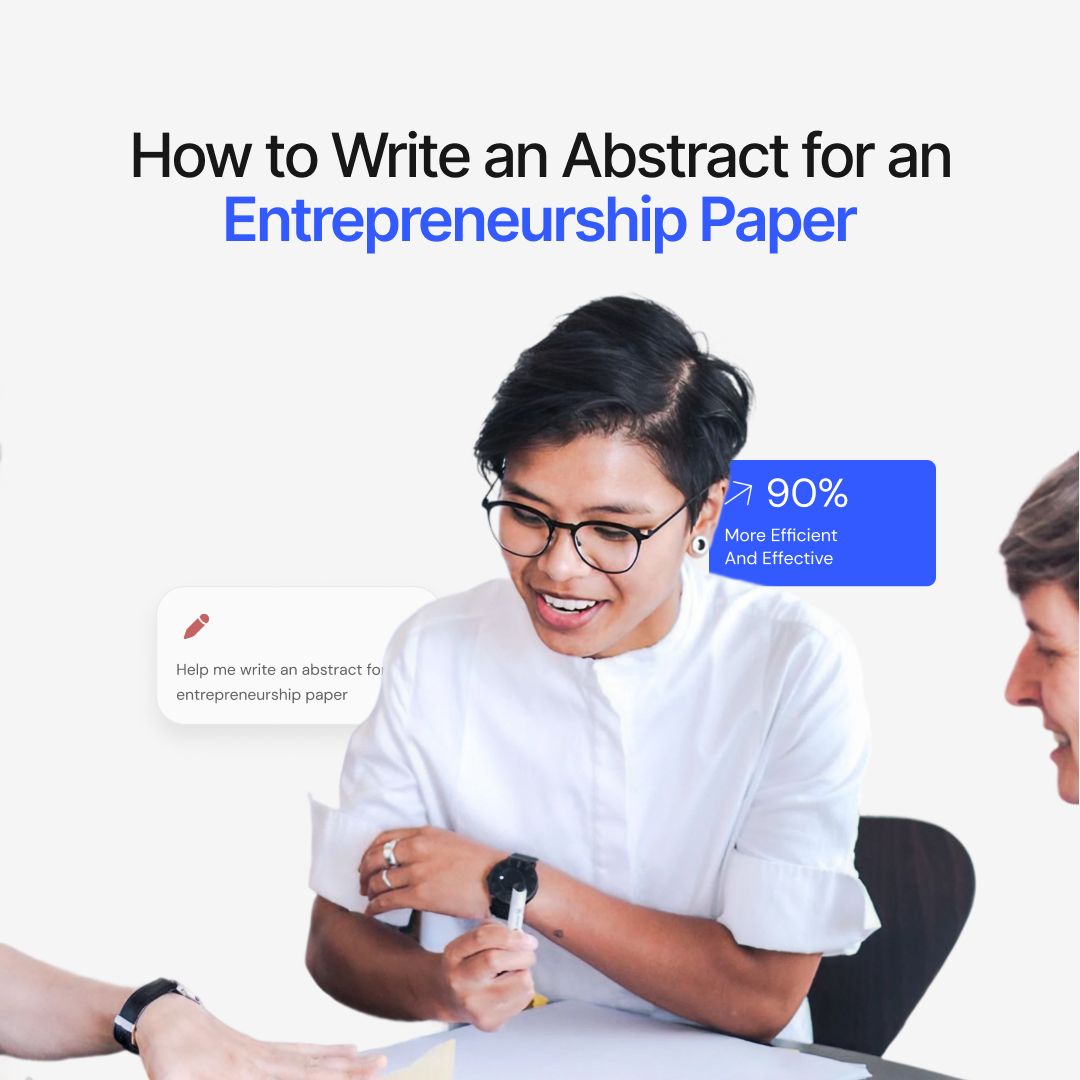
How to Write an Abstract for an Entrepreneurship Paper That Stands Out

Muhammad Bin Habib
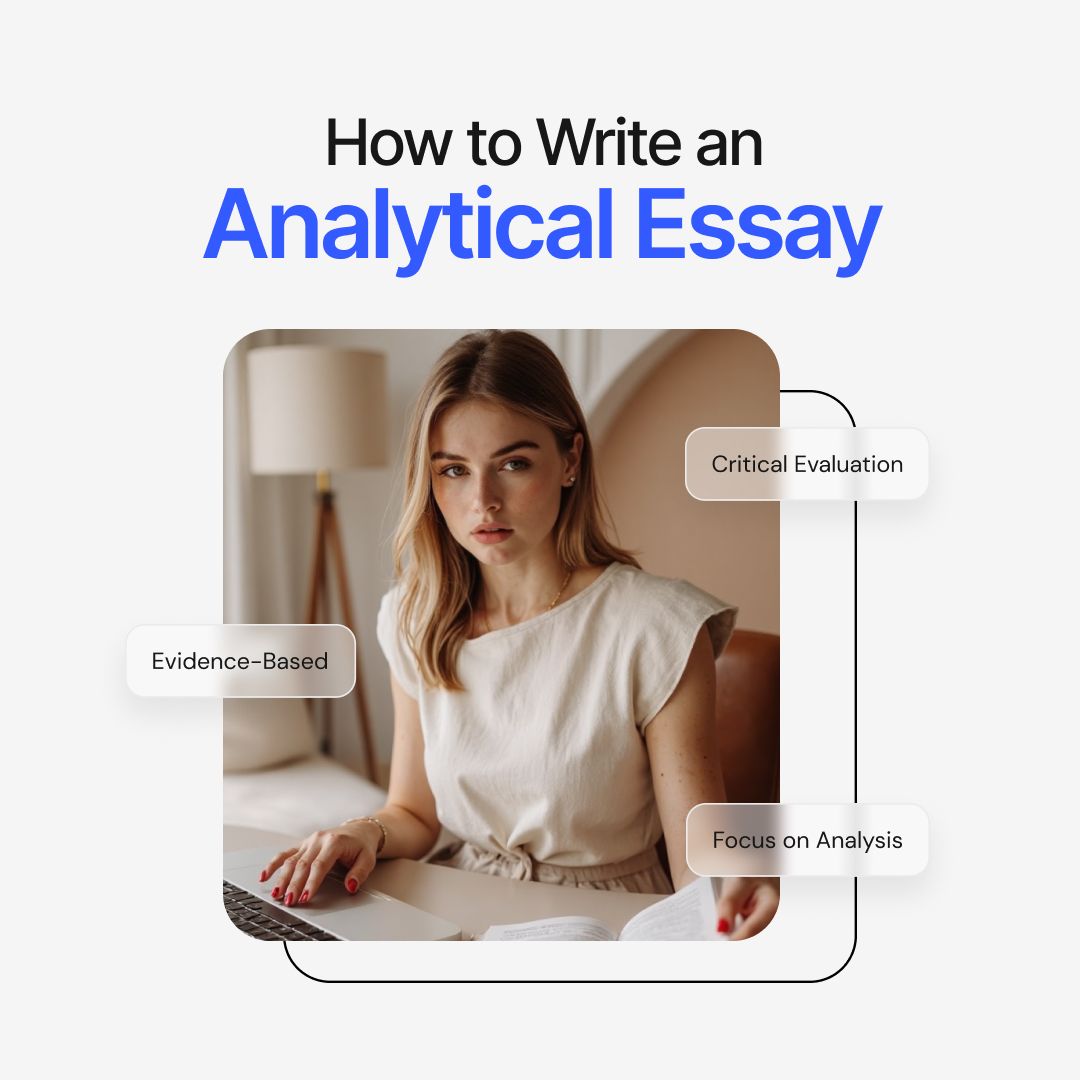
How to Write an Analytical Essay in 8 Simple Steps

Muhammad Bin Habib
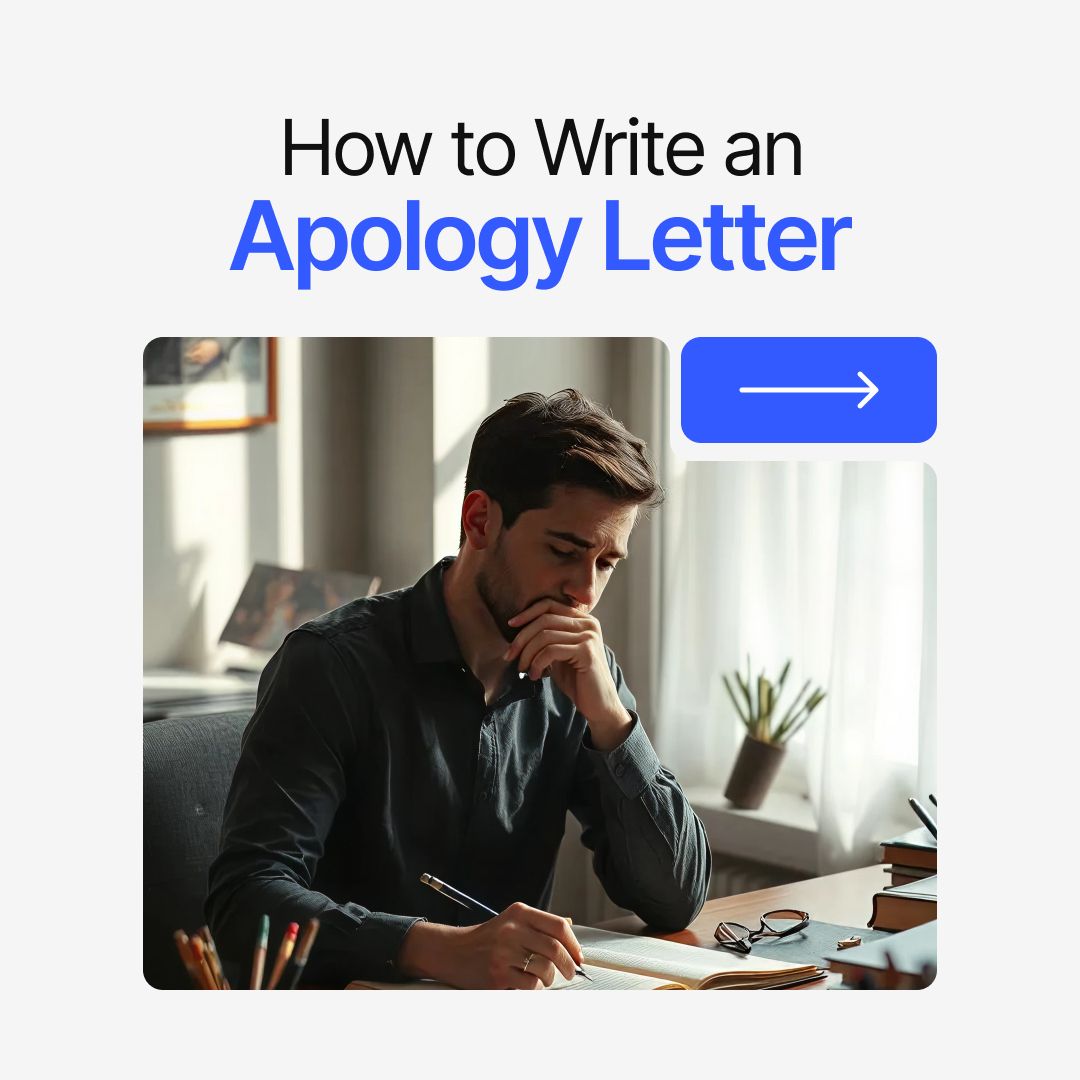
How to Write an Apology Letter That Restores Trust and Respect

Muhammad Bin Habib
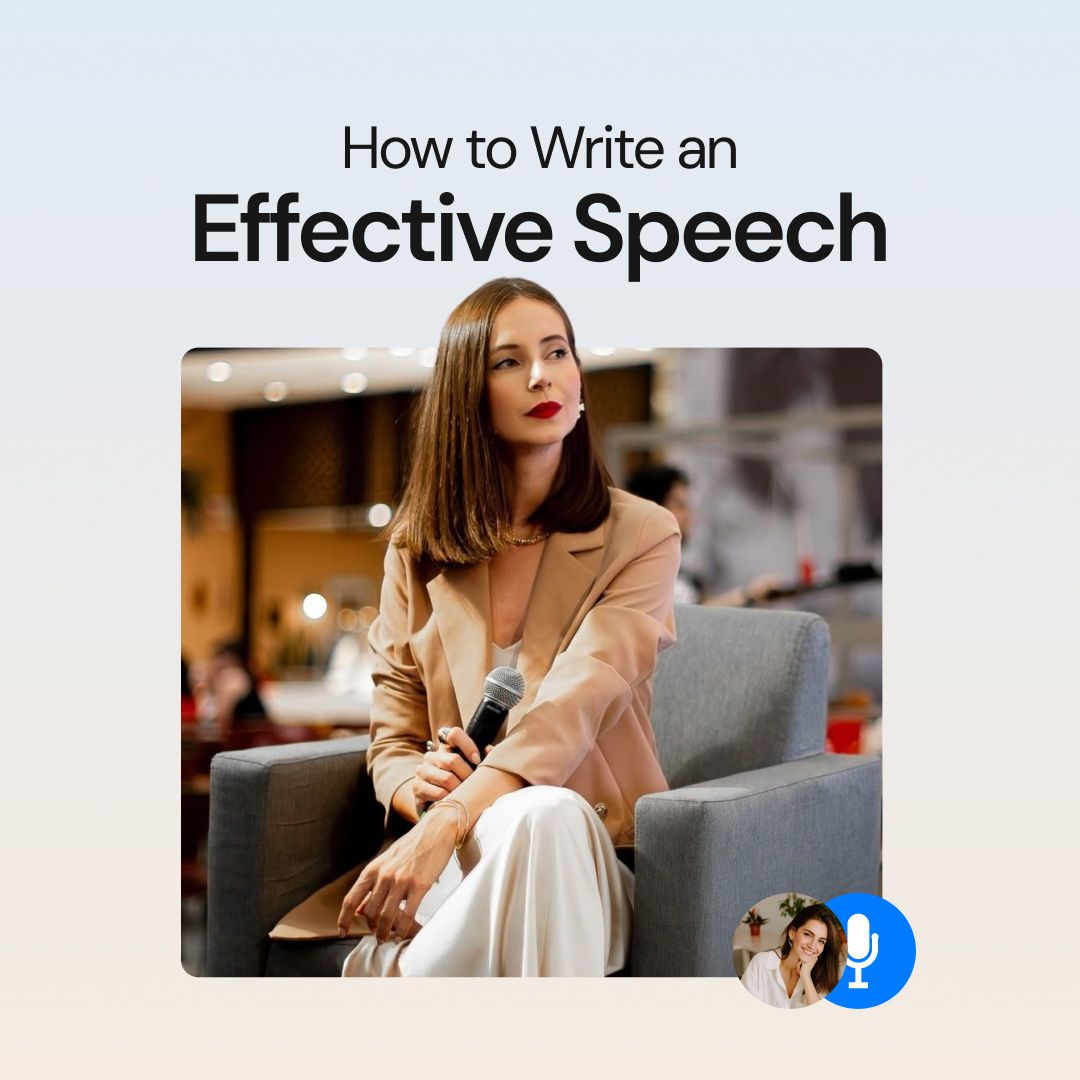
How to Write an Effective Speech: Detailed Guide

Muhammad Bin Habib

How to Write an Executive Summary, with Multiple Examples

Muhammad Bin Habib
